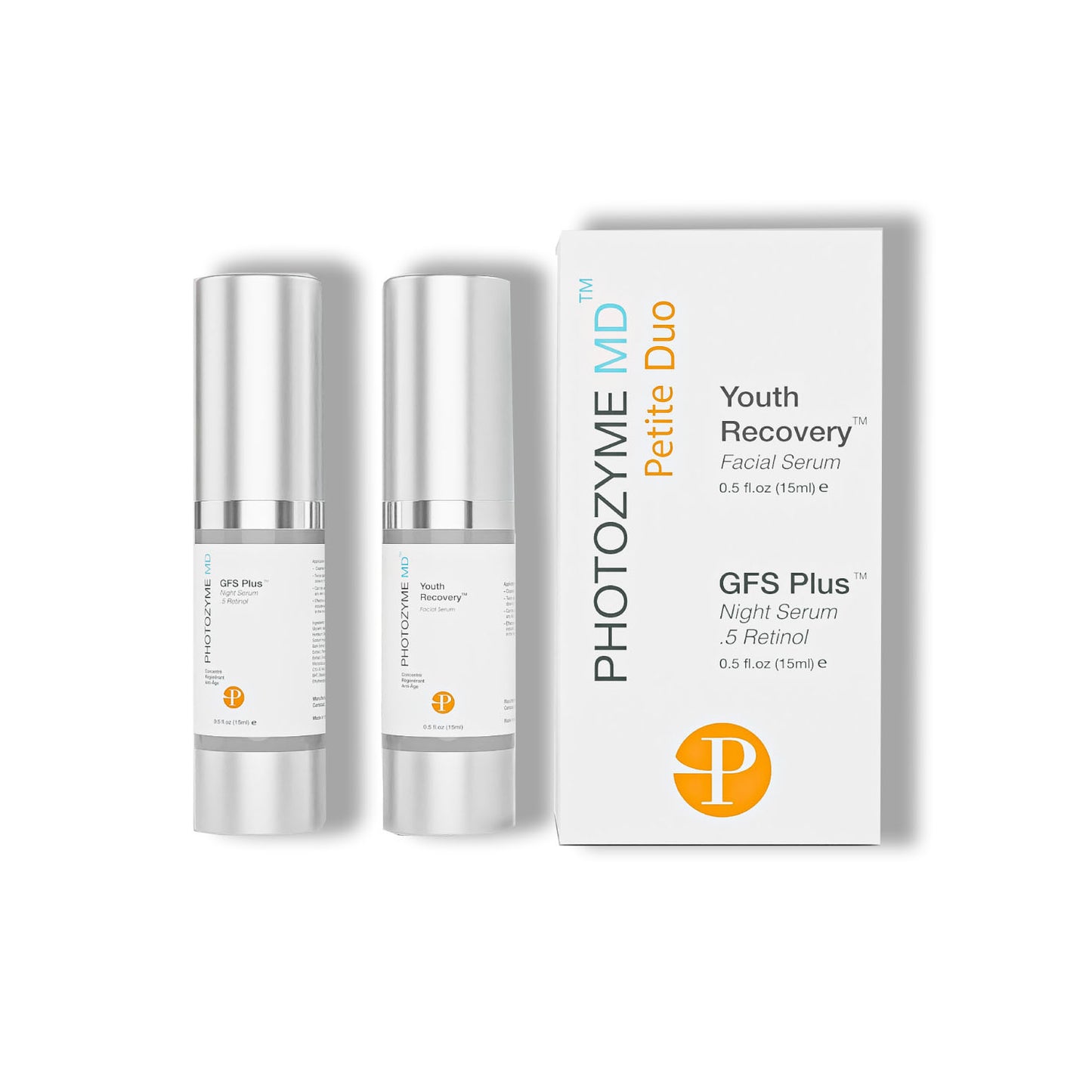
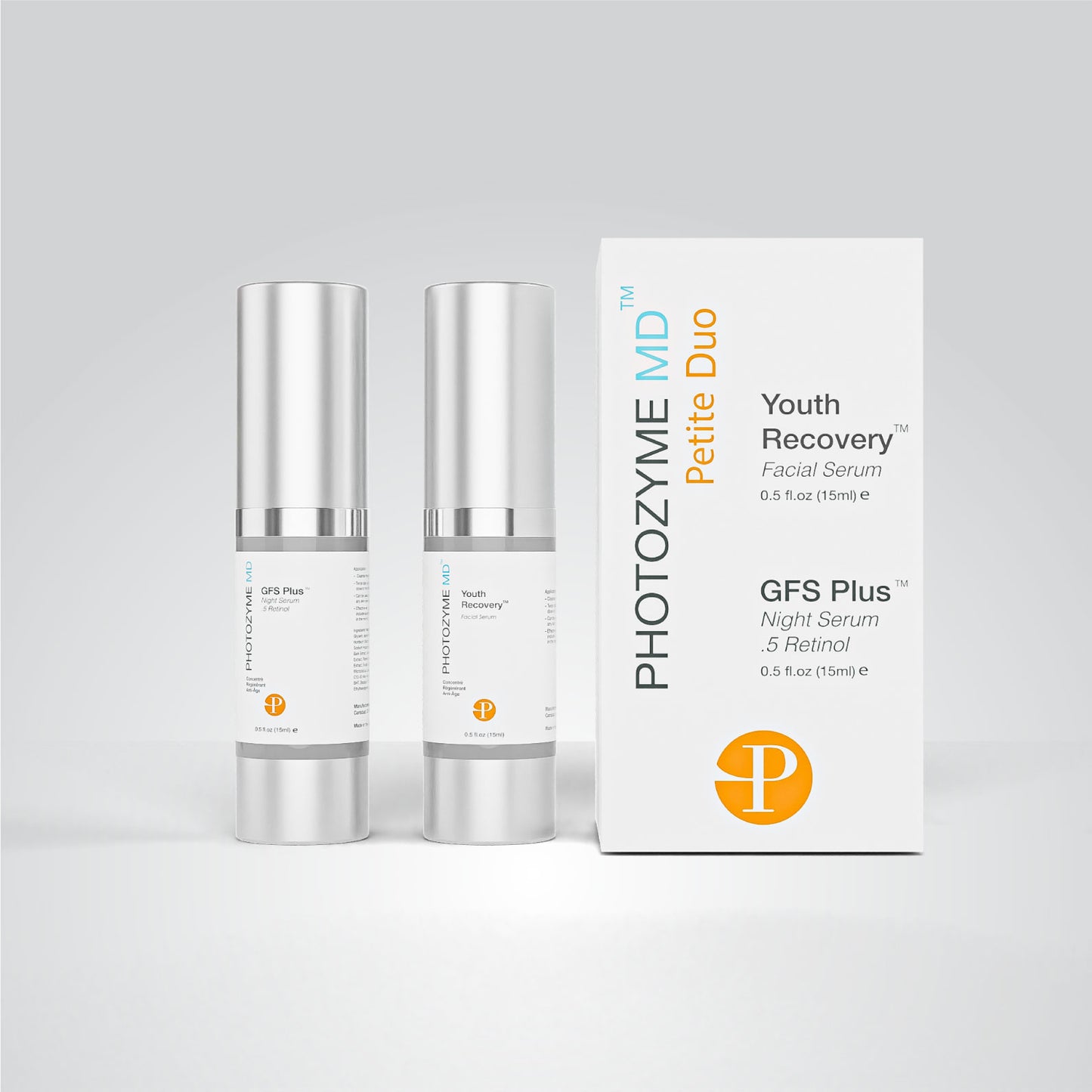
This store requires javascript to be enabled for some features to work correctly.
You probably already know how damaging the sun’s UV rays can be to your skin. But what many people don’t realize is that your everyday sunscreen routine may not be enough to prevent premature skin aging. An estimated 80 percent of skin aging is due to sun exposure, and even the best sunscreen can’t prevent this damage. Your body is able to process and repair up to 50 percent of daily sun damage. But you’ll need the right skincare to help take care of the rest.
Photozyme products utilize natural repair enzymes to treat and prevent the signs of skin aging. Along with sunscreen, Photozyme’s sun damage cream is a fundamental pillar of a healthy skincare regimen.


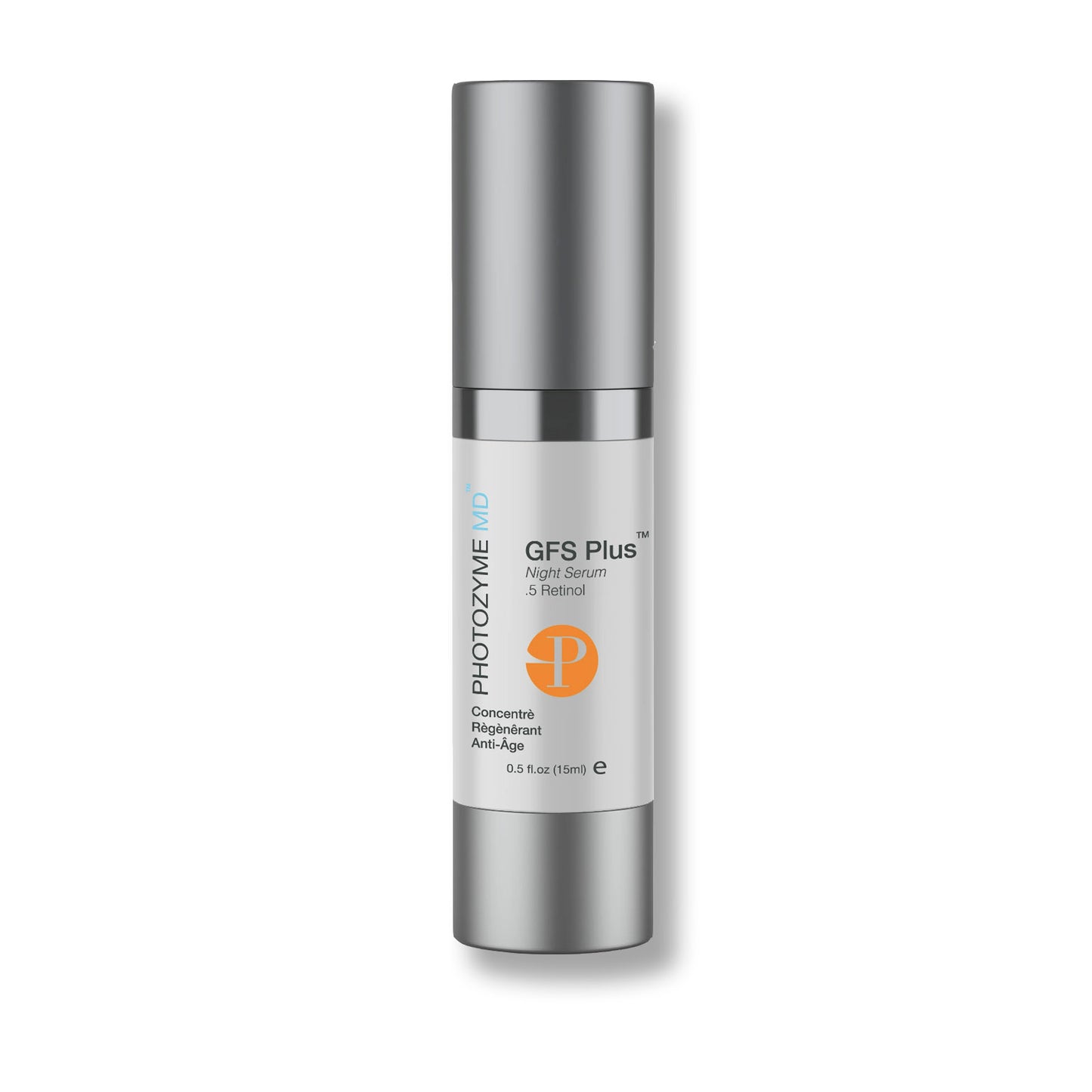
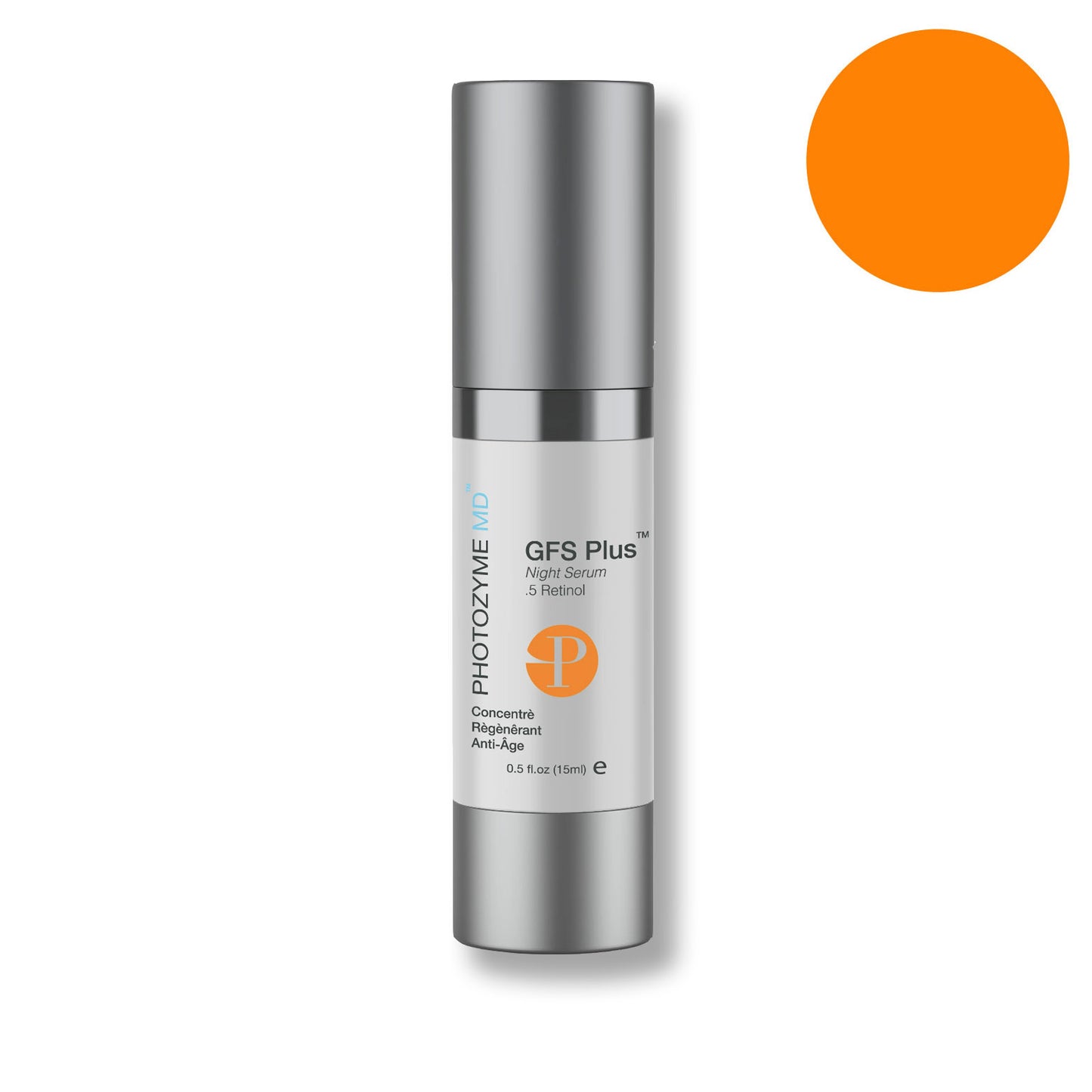
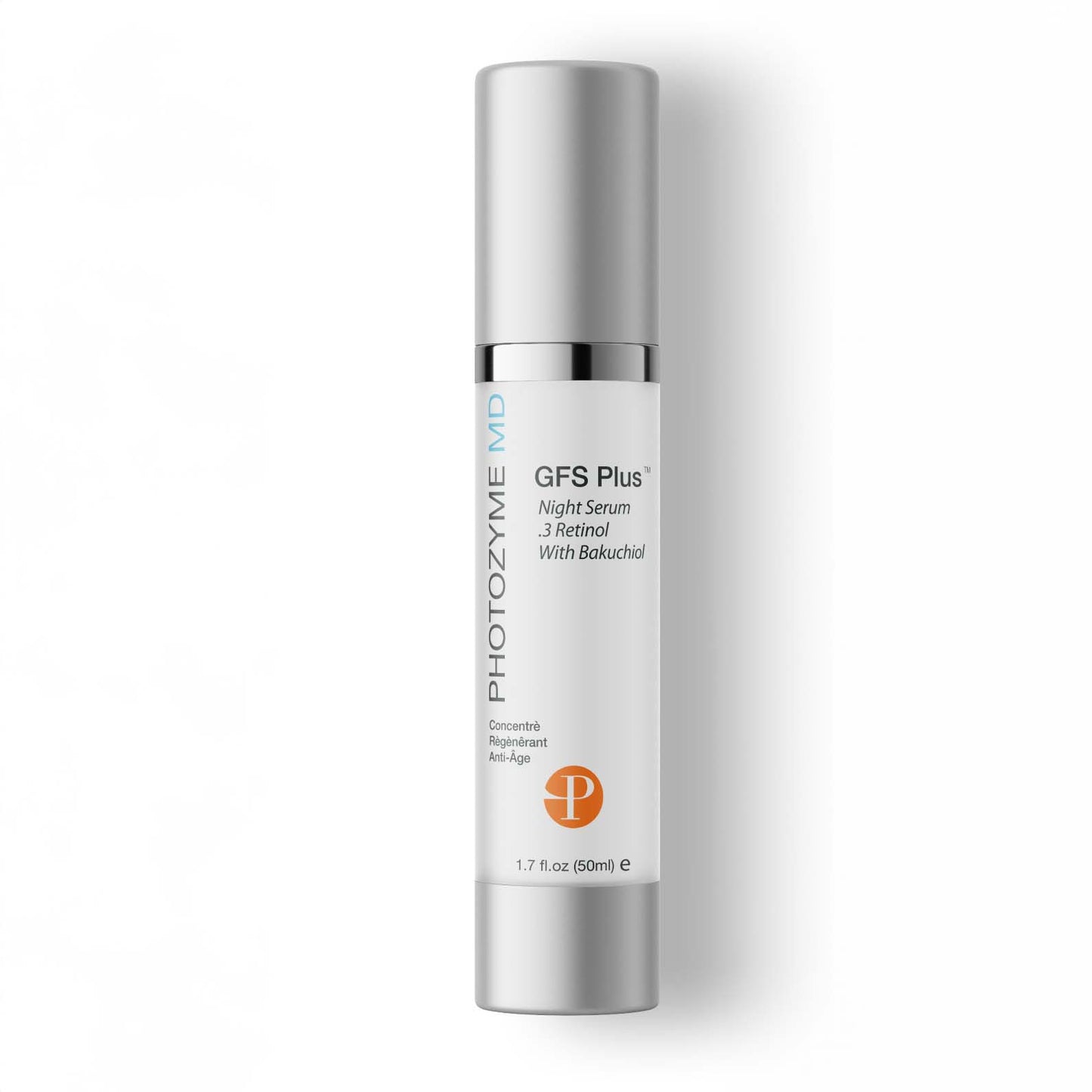
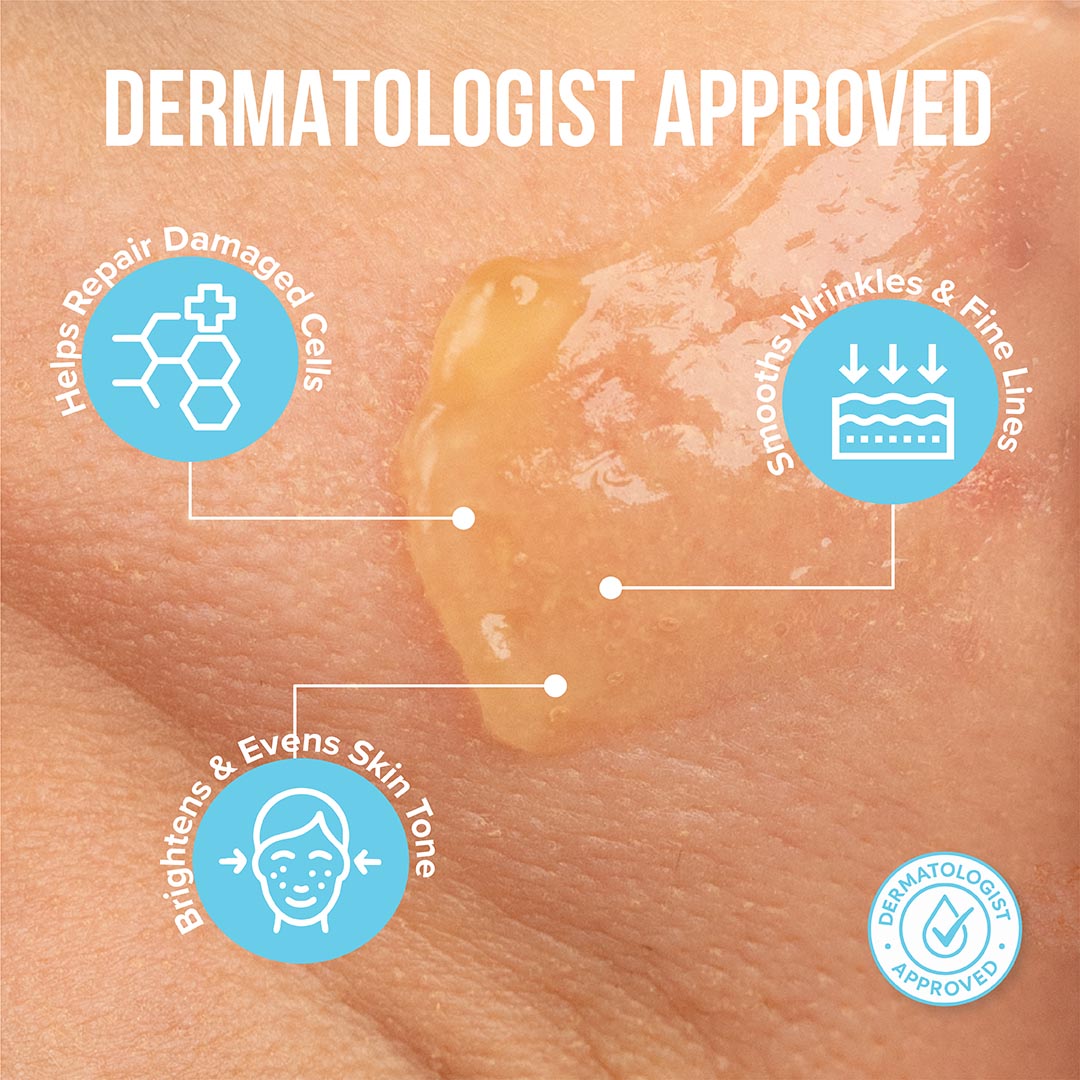
Sun damage refers to the harmful effects caused by prolonged exposure to ultraviolet (UV) radiation from the sun. While a certain amount of sun exposure is needed for the body to produce vitamin D, excessive exposure can lead to various skin issues. UV radiation is known to cause skin aging, including wrinkles, fine lines, sunspots, and sagging skin. Additionally, it can contribute to the development of skin cancer, including melanoma, the most serious type of skin cancer.
UV radiation damages the DNA in skin cells, leading to mutations that can trigger cancerous growth. Moreover, it can break down collagen and elastin fibers in the skin, which are responsible for its firmness and elasticity. This breakdown results in the formation of wrinkles and sagging skin.
To protect your skin from sun damage, it's essential to use sunscreen daily, even on cloudy days, and seek shade during peak sun hours. Wearing protective clothing, hats, and sunglasses can also help shield your skin from UV rays. However, if sun damage has already occurred, using over-the-counter sun damage creams can be beneficial in minimizing its effects.
By understanding the effects of sun damage on the skin and incorporating the right skincare products into your routine, you can help reverse some of the visible signs of damage and maintain healthier, more youthful-looking skin.
While it isn’t enough on its own to prevent all sun damage, sunscreen is still an important part of your skincare routine. Sunscreen forms a protective barrier on your skin that helps to block out the damaging UV rays that can cause sunburn, premature aging, and even skin cancer.
It's important to choose a broad-spectrum sunscreen that protects against both UVA and UVB rays. UVA rays can prematurely age the skin, leading to wrinkles and sunspots, while UVB rays are the primary cause of sunburn. By using a sunscreen that protects against both types of UV rays, you can help prevent not only sunburn but also long-term skin damage.
To get the most benefit from your sunscreen, it's essential to apply it correctly. Remember to apply sunscreen generously and reapply it every two hours, or more often if you are swimming or sweating. Additionally, don't forget to cover all exposed areas, including your face, ears, neck, and hands.
By incorporating sunscreen into your daily skincare routine, you can help reduce some of the impact of UV exposure. Coupled with the best over-the-counter sun damage cream, the right sunscreen is an important part of your skincare routine.

While you’ve heard that sunscreen is the base for all, at Photozyme we’re interested in telling you why sunscreen is not enough. Thanks to leading dermatologists, Dr. Zoe Draelos and Dr. Flor Mayoral, Photozyme and its DNA repair enzymes are considered to be FUNDAMENTAL pillars of a healthy skincare regimen. Along with sunscreen and antioxidants, DNA repair enzymes make up the foundation for overall skin health.
When it comes to your skin, being proactive is key in preventing and addressing sun damage. Here are some common signs to look out for:
Sunburn: One of the most obvious signs of sun damage is sunburn. If you notice red, inflamed skin after being in the sun, it's a clear indication that your skin has been damaged by harmful UV rays.
Uneven Skin Tone: Sun damage can lead to an uneven skin tone, with areas of hyperpigmentation (dark spots) or hypopigmentation (light spots). If you notice dark patches or lighter areas on your skin, it could be a result of prolonged sun exposure.
Wrinkles and Fine Lines: Over time, sun exposure can break down the collagen and elastin in your skin, leading to the premature formation of wrinkles and fine lines. If you start to notice these signs of aging, it may be time to up your sun protection game.
Dryness and Rough Texture: Sun damage can also cause your skin to become dry, rough, and lackluster. If your skin feels parched and textured, it might be a result of UV damage.
Freckles and Moles: While freckles and moles can be genetic, sun exposure can darken existing freckles and moles or cause new ones to appear. Keeping an eye on any changes in these pigmented areas is crucial for early detection of potential skin issues.
By being aware of these signs of sun damage, you can take proactive steps to protect your skin and prevent further harm. Remember, prevention is always better than cure when it comes to sun damage.
There are a variety of ingredients on the market today that promise to reverse the effects of sun damage. Understanding which ingredients are the most effective can help you choose the best sun damage cream for you.
One of the leading ingredients for preventing premature aging is natural repair enzymes. These plant-derived enzymes mimic your body’s natural response to UV damage. Photozyme has developed our own revolutionary enzyme repair product, called DNA Enzyme Technology. This technology encapsulates the enzymes in a proprietary liposome delivery system, which drives the enzymes into the skin, and straight to your cells. From there, the enzymes adhere to damaged DNA strands, stimulating the cell’s natural repair process, extracting the damage, and producing a healthy DNA strand.
Enzymes aren’t the only important ingredients to look for in the best over-the-counter sun damage cream. When it comes to repairing sun-damaged skin, antioxidants play a crucial role in the process. Exposure to the sun's harmful UV rays can lead to the production of free radicals in the skin, causing oxidative stress and damage. Antioxidants work by neutralizing these free radicals, thereby helping to repair and protect the skin from further harm.
There are various types of antioxidants that are beneficial for sun-damaged skin. Vitamin C is a potent antioxidant known for its ability to brighten skin, reduce inflammation, and promote collagen production, essential for repairing sun damage. Vitamin E is another antioxidant that works to protect skin cells from UV damage and enhance the skin's natural repair process.
When choosing an over-the-counter sun damage cream, look for products that are rich in antioxidants to aid in the repair of sun-damaged skin. These products can help rejuvenate the skin, reduce the appearance of sunspots, and improve overall skin health. Incorporating antioxidant-rich creams into your skincare routine can be a valuable step in combating and repairing sun damage for a healthier and more radiant complexion.
When it comes to skincare, understanding the distinction between moisturizers and sun damage creams is crucial in crafting an effective skincare routine. While both products contribute to healthy skin, they serve different purposes and contain distinct ingredients tailored to address specific concerns.
Moisturizers are designed to hydrate and nourish the skin, typically focusing on improving skin texture and maintaining its natural moisture balance. These products often contain ingredients like hyaluronic acid, glycerin, and ceramides that help to replenish and retain moisture in the skin. Moisturizers are essential for all skin types, especially for dry or dehydrated skin, as they prevent water loss and keep the skin barrier intact.
On the other hand, sun damage creams are formulated to specifically target issues related to sun exposure, such as dark spots, fine lines, and uneven skin tone caused by UV damage. These creams work to repair and protect the skin from the harmful effects of the sun. Sun damage creams are best used as a preventive measure against premature aging and sun-induced skin damage.
It's important to note that while some moisturizers might have SPF protection, they are not a substitute for dedicated sunscreen or sun damage creams. Sun damage creams are specifically formulated to address the effects of UV exposure and are essential for maintaining skin health in the long term.
Incorporating both a moisturizer and a sun damage cream into your skincare routine can help you achieve a balanced approach to skincare, addressing hydration and sun protection simultaneously. By understanding the unique benefits of each product, you can tailor your routine to meet your skin's specific needs and maintain a healthy, radiant complexion.
Also known as photodamage, the skin’s DNA is very susceptible to damage from UV light. Avoid the consequences of UV exposure. 80% of skin aging is due to the sun and no sunscreen is 100% effective. Your skin’s DNA is subject to daily environmental assaults accelerating skin aging. Your body can only process and repair about 50% of this damage in any given day. However, your skin is not defenseless against this damage.
Thanks to our DNA Enzyme Technology, our products utilize a targeted delivery of natural repair enzymes to help prevent the signs of skin aging from surfacing. These enzymes are:
Below you will see a bar chart referencing why sunscreen is simply not enough. Researchers intended to study the exposure of human skin to ultraviolet radiation (UVR). UVR exposure results in the formation of DNA photolesions which eventually give rise to photoaging, mutations, cell death, and even carcinogenic events.
However, when a DNA repair enzyme, such as photolyase, is introduced it works to reverse damage caused by that UVR exposure. The intention was to investigate if the addition of photolyase works to enhance the protection of sunscreen. After testing, they found that photolyase with the addition of sunscreen was superior to only using sunscreen alone.
The major finding (shown below) gives weight to the thinking that photolyase is a helpful addition to your skincare routine. This may make a world of difference as we all work to prevent UVR-induced DNA damage.
Reference: Berardesca E, Bertona M, Altabas K, Altabas V, Emanuele E. Reduced ultraviolet-induced DNA damage and apoptosis in human skin with topical application of a photolyase-containing DNA repair enzyme cream: clues to skin cancer prevention. Mol Med Rep. 2012 Feb;5(2):570-4. doi: 10.3892/mmr.2011.673. Epub 2011 Nov 11. PMID: 22086236.

Choosing the best over-the-counter sun damage cream is essential for maintaining healthy and youthful skin. By looking for ingredients like enzymes and antioxidants, you can find a product that effectively combats the harmful effects of sun exposure. Don't forget to consult with a dermatologist if you have specific skin concerns or conditions that may require special attention.
Remember, preventing sun damage is key to maintaining skin health in the long run, so investing in a high-quality sunscreen should be a top priority in your skincare routine. With the right over-the-counter sun damage cream, you can protect your skin from UV rays, reduce the risk of premature aging, and maintain a radiant complexion.
Photozyme’s range of sun damage creams provides targeted, revolutionary treatment to prevent and repair sun damage. Whether you’re already suffering from fine lines, wrinkles, and sun spots, or want to be proactive in preventing the signs of premature aging, our line of sun damage creams and serums are an essential part of a healthy skincare routine.
Read also:
When selecting an over-the-counter sun damage cream, look for ingredients that treat the signs of sun damage, like fine lines, wrinkles, and UV spots. Ingredients like enzymes and antioxidants can reverse existing damage and prevent future damage.
To determine if a sun damage cream is suitable for your skin type, read the product label and description carefully. Many products specify the skin type they are designed for. For sensitive skin, opt for fragrance-free and hypoallergenic options. Patch testing a small amount of the product on your skin before full application is always a good practice.
Yes, over-the-counter sun damage creams can effectively reduce the appearance of sunspots. Other benefits of sun damage cream are a reduction in fine lines and wrinkles and an overall improvement in your skin’s tone and clarity.
Avoid sun damage creams containing harmful ingredients like mercury, steroids, or excess amounts of alcohol. These can be detrimental to your skin's health in the long run. Also, be cautious of products with artificial fragrances and colors if you have sensitive skin, as these can cause irritation.
Follow the product's instructions for the best results, but generally, applying sun damage cream once or twice daily is recommended. Consistency is key to seeing improvement in the skin’s appearance. Remember to apply broad-spectrum sunscreen during the day, as sun damage creams can make your skin more susceptible to sunlight.
Yes, most sun damage creams can be used under makeup. Ensure the cream is fully absorbed into your skin before applying makeup to prevent pilling. It’s beneficial to let the cream settle for a few minutes, and applying a primer can help to create a smoother base for your makeup.
Receive discounts and tips for your skin care routine!